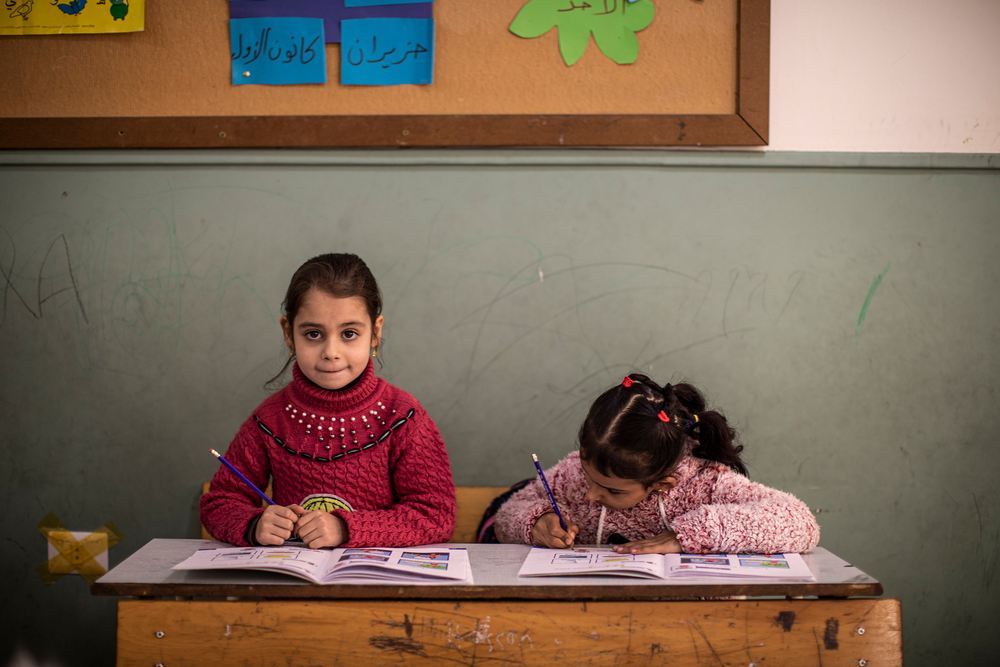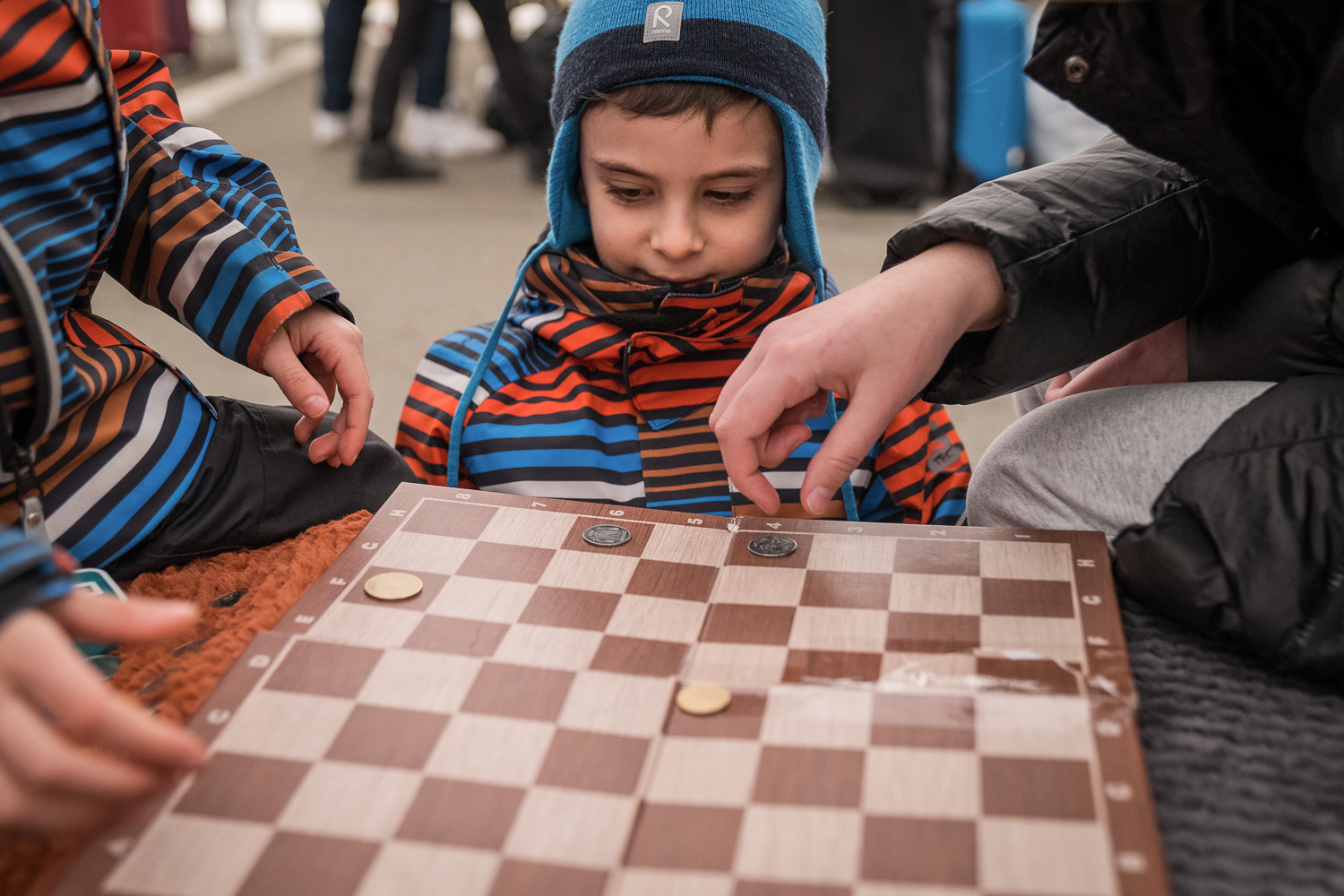
“Two years after earthquakes that destroyed or damaged 8000 schools, significant recovery efforts are underway”
Education in emergencies, Right to education
Theirworld Global Youth Ambassador writes about the efforts to repair schools damaged by the 2015 earthquake or build new education facilities.
A tremor of 7.8 magnitude was felt on April 25, 2015 in the land of Himalaya, which affected 39 out of Nepal’s 75 districts.
Soon, the government of Nepal declared a state of emergency, requesting assistance from the international community. Just 17 days after the initial earthquake, a 7.3 magnitude earthquake followed, inflaming the humanitarian situation more.
Almost 9000 people were killed, with most of the fatalities caused on April 25 and May 12. More than 22,000 people were injured, in excess of 600,000 houses were destroyed and more than 288,2552 houses were damaged.
The high levels of damage to residential property particularly had an impact on the poor, pushing more households below the poverty line. Senior citizens, female-headed households and people living with disabilities were particularly affected by the earthquake.
In the south Asian countries, mainly in India and Nepal, children are mostly dependent on their guardians up to the age of 25, unlike western countries. So the students from this group are in a more vulnerable state.
8000 schools were destroyed or badly damaged. Bhushan Dahal, Project Director of Kids of Kathmandu, is leading a project to rebuild 50 schools which were destroyed by the earthquake.
He said: “I was amazed by how many schools were destroyed by the earthquake and the only good thing I can think of is that it happened on the weekend, which was a kind of grace from god to us.
“A hard hit by the earthquake was experienced at a place called Kunchok -125 people were dead in that particular VDC (Village Development Committee), and 13 kids out of 125 were studying in that same school.”
According to researcher Nayan P. Sindhuliya: “Having seen this extraordinary lack of progress throughout last two years, it’s obvious that the state has failed. So have the big donors and international NGOs.
“The three big parties used the extraordinary time immediately after the earthquake to ram through a lousy, half-baked constitution – but shockingly the issue of reconstruction and recovery feature has not got a significant place in the national agendas.”
The lives, monuments, and buildings were destroyed but not the hope of Nepalese. Due to political instability, the government was not that effective to utilise the funds collected after the earthquake – but a few local NGOs and INGOs played a significant role in enriching the lives of the people.
Also some people with great passion for social work showed their benevolence to their community. The veteran actors in the Nepali comedy industry, Dhurmus and Suntali, started making buildings on their own for the Mushhars, the underprivileged community. Now they are able to send their children to school after being rehabilitated.
Senior structural engineer Radha Krishna Mallik, from Research for National Development (RND Centre Pvt Ltd.), has designed many school buildings under the Earthquake Emergency Assistance Project.
He was also project head of the World Bank for the construction of a special Education Centre Building in Sindhupalchok district. According to him, the newly-built school blocks are made with the consideration of future shocks, so that there will be minimum loss if it happens again.
Two years after the devastating earthquakes, significant recovery efforts are underway. Although the government of Nepal sped up support for the reconstruction of damaged houses, community assets and resumption of services after the earthquake, much more remains to be done to achieve a resilient sustainable recovery.
More news

